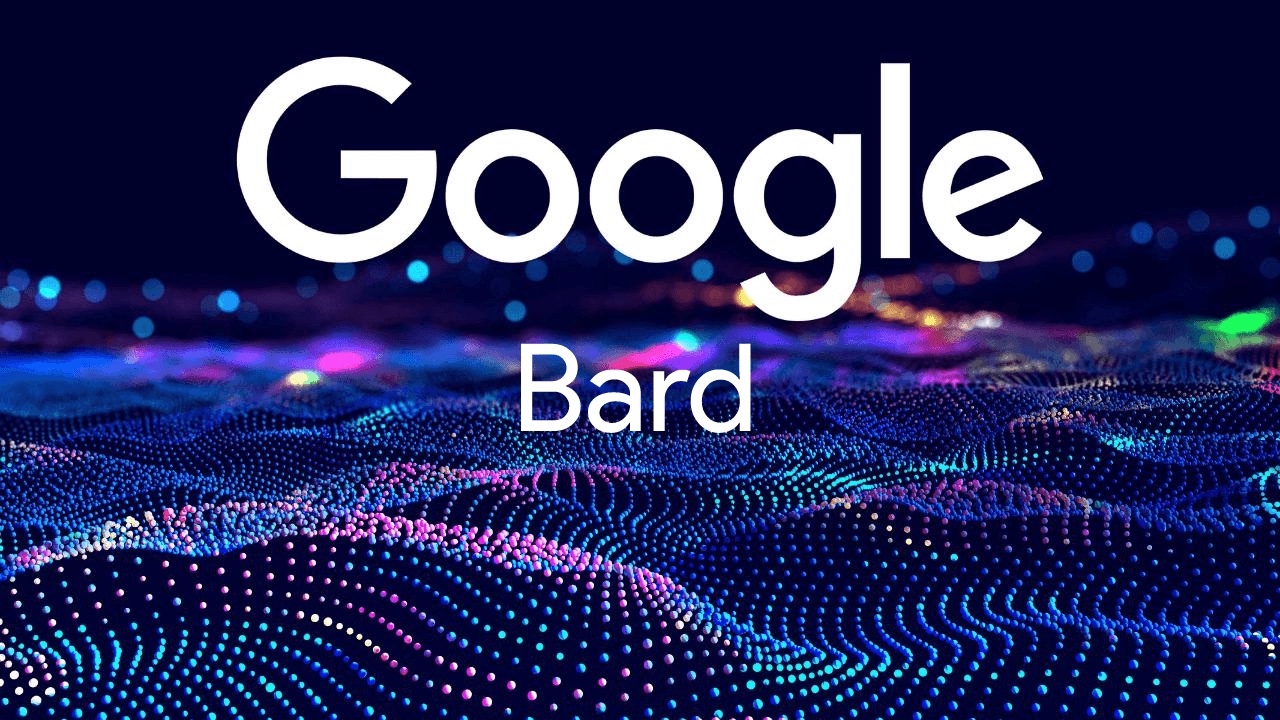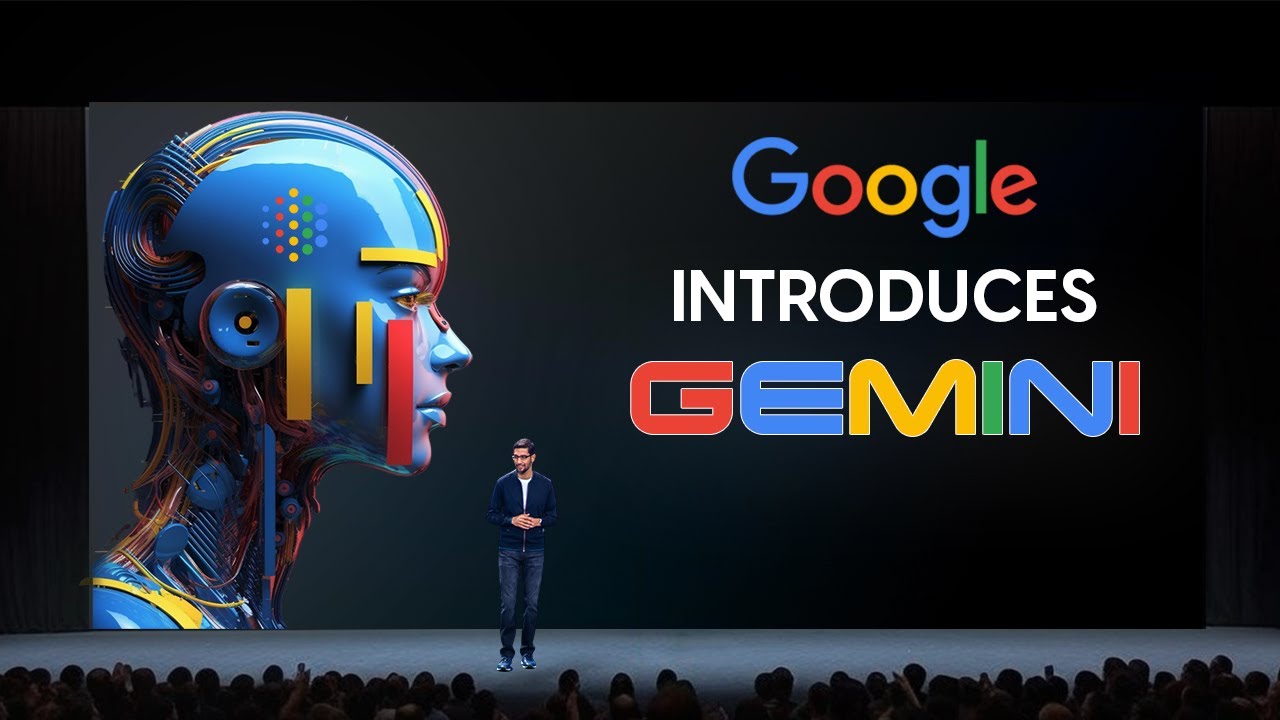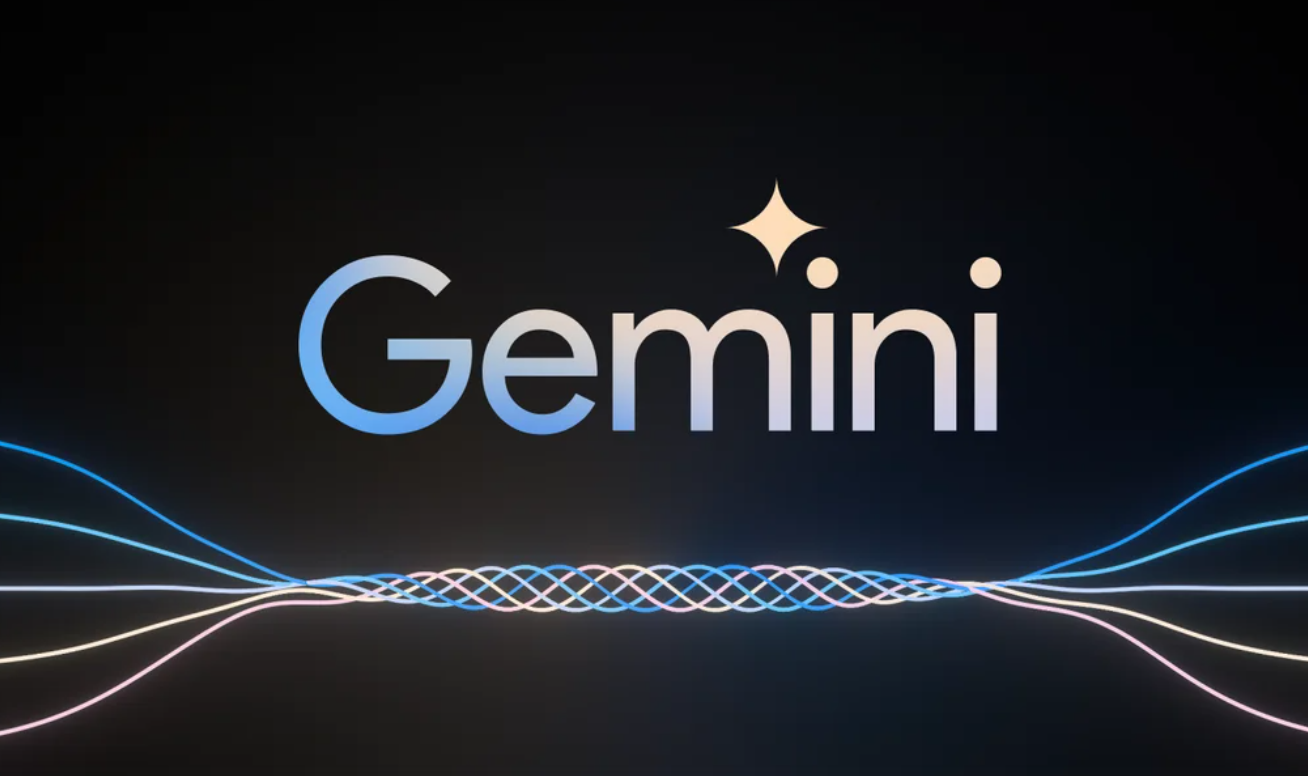Bard and Beyond: A Deeper Dive into the Evolving AI Landscape
 GAJULA SURYA TEJA
GAJULA SURYA TEJAThe world of artificial intelligence (AI) is a thrilling, ever-shifting landscape. We see new developments and tools emerge at a pace that can be hard to keep track of. Among these exciting newcomers is Bard, a powerful language model from Google AI. But how does it fit into the broader AI picture? And what does its presence tell us about the exciting future of intelligent technology?

From LaMDA to Bard: Building on a Strong Foundation
Bard's story begins with LaMDA, a research-focused AI model designed for open-ended, engaging conversation. While LaMDA remained primarily within Google for research purposes, Bard marks a significant leap forward. It brings this cutting-edge technology to a wider audience, allowing anyone to interact with a large language model through a user-friendly interface.
More Than Just Talking: Why Bard Stands Out
While Bard isn't the only AI chatbot or language model out there, several key features set it apart:
Accessibility for All: Unlike many tools requiring programming knowledge, Bard's web-based interface is intuitive and beginner-friendly. This opens up the power of AI to educators, students, and anyone curious to explore its capabilities, regardless of technical expertise.
Knowledge is Power: While some AI models prioritize conversation, Bard emphasizes its ability to access and process information from the real world. This allows for more factual and informative responses, making it a valuable tool for research, learning, and content creation.
Collaboration Over Competition: Unlike some models that may seem confrontational or argumentative, Bard prioritizes collaboration and assistance. It understands your needs and works to provide helpful and informative responses, even if they challenge your initial assumptions. This fosters a more positive and productive interaction experience.
Beyond the Headlines: Bard's Role in the AI Ecosystem
It's crucial to understand that Bard doesn't aim to replace existing AI tools like ChatGPT or GPT-3. Instead, it complements them by offering a unique perspective and set of functionalities. Bard is not built for the same specific tasks as, say, image generation or code writing. Its strength lies in its access to and processing of information, making it valuable for tasks like research, writing, and learning.
Looking Ahead: Where Bard Takes Us
Bard's release signifies a pivotal shift in how AI technology is being developed and deployed. It highlights a move towards more accessible, user-friendly AI that can benefit individuals and organizations across various fields. Here are just a few ways Bard might impact the future:

Education and Research: Bard's ability to access and process vast amounts of information can revolutionize learning and research. Students, researchers, and anyone curious about a topic can leverage Bard's capabilities to explore complex subjects and uncover new insights. This democratization of knowledge can lead to faster advancements in various fields.
Content Creation: From writing emails and reports to generating creative text formats like poems or scripts, Bard can assist users in creating various content types. This can enhance efficiency and productivity for individuals and organizations alike. Imagine businesses leveraging Bard to quickly draft reports, write engaging marketing copy, or even personalize customer communication.
Accessibility and Inclusion: By providing a user-friendly interface and focusing on information, Bard can bridge the gap between complex technology and those who may have previously felt excluded. This democratization of AI can empower individuals with disabilities or limited technical knowledge to access and leverage its potential.

Challenges and Considerations: The Road Ahead
However, the path forward isn't without its challenges. As we explore the potential of Bard and other AI advancements, we must remain mindful of the ethical considerations and challenges that come with this transformative technology. Key questions remain:
Bias and Fairness: How will Bard address potential biases and ethical concerns within its training data? It's crucial to ensure its responses are fair, unbiased, and representative of diverse perspectives.
Responsible Development and Deployment: How can we ensure responsible development and deployment of this technology to avoid misuse and exploitation? Robust ethical frameworks and oversight mechanisms are essential to guide responsible AI development.
Human-AI Collaboration: How can humans and AI collaborate effectively to achieve positive outcomes? Fostering trust and understanding between humans and AI is crucial to maximize the benefits of this technology.
Conclusion: Embracing the Future, Responsibly
Bard's arrival marks an exciting chapter in the AI journey. It offers a glimpse into a future where intelligent technology is accessible, collaborative, and empowers individuals and organizations alike. As we explore this future, it's crucial to stay engaged in the conversation, raise questions, and advocate for responsible development. By harnessing the power of AI responsibly and ethically, we can shape a brighter future where both humans
Subscribe to my newsletter
Read articles from GAJULA SURYA TEJA directly inside your inbox. Subscribe to the newsletter, and don't miss out.
Written by

GAJULA SURYA TEJA
GAJULA SURYA TEJA
G. Surya Teja here, a Computer Science and Engineering student at VIT College. I'm really into tech stuff, especially drones, web development, and programming. Currently, I'm on a mission to build a budget-friendly FPV drone in India. Also, I'm super passionate about sports and want to create a platform to support talented individuals who might not be getting the recognition they deserve. On the side, I'm honing my programming skills, tackling some pretty tricky problems. Oh, and I'm also working on a killer portfolio website to showcase my skills and personal info. Cheers!